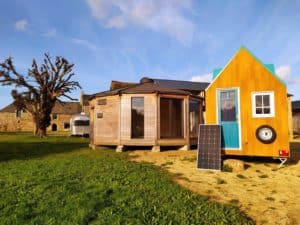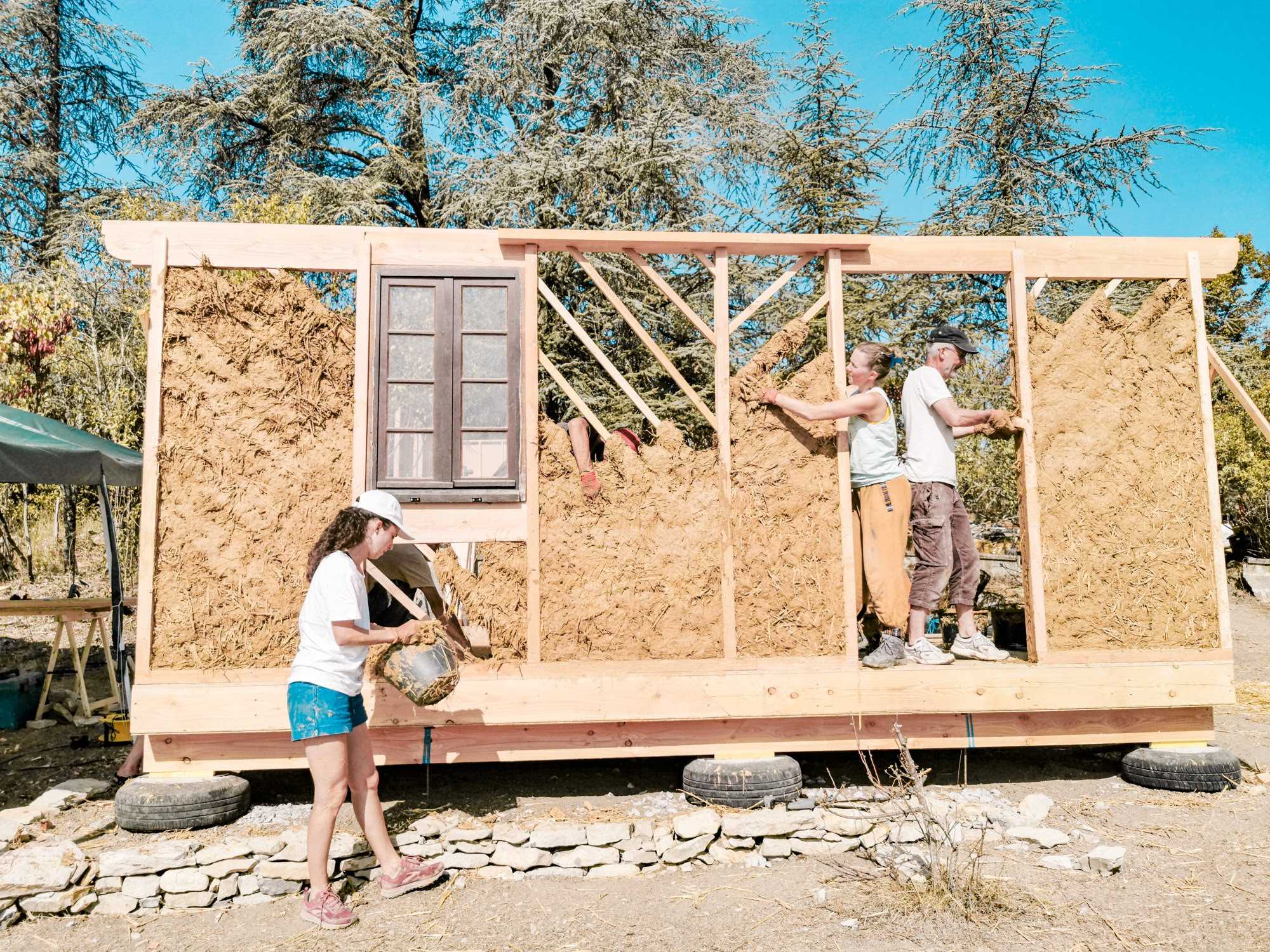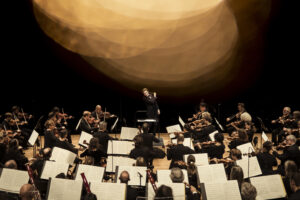Have you ever considered the impact that houses have on the environment? Most don’t – yet traditional housing practices are leading us down a dangerous ecological road.
The construction industry is a leader in pollution, ahead of food production and nearly equal with transportation.
Housing, in particular, is a leading cause of carbon dioxide (CO2) and other greenhouse gas emissions, polluting the air and soil, while contributing heavily to global warming.
How can we maintain a modern way of living, while minimizing our carbon footprint on the earth?
One answer is eco-districts, a group of 2-15 living spaces (such as a house or apartment within a multi-unit building) in a self-defined small, rural area that uses ecologically sustainable practices in building and maintaining the community.
Creating solutions, like eco-districts, is critical to a sustainable future. That’s why Hameaux Légers, a nonprofit organization dedicated to supporting eco-districts, is deepening its work with reversible housing.

What is Reversible Housing? Who Lives in Eco-districts?
Reversible housing is a dwelling built without sealing the ground – meaning they can be dismantled or moved without having an ecological effect on the soil. Reversible housing comes in many shapes and sizes – from tiny houses to yurts, and earth-straw. However, just because reversible houses are essentially movable, doesn’t mean they are light or flimsy.
Eco-district inhabitants living in reversible housing are diverse. From young, active individuals and families to retirees, the thread that ties the community together is the drive for sustainable and communal living.
Hameaux Légers’ ambition is to reengineer the eco-district idea and show housing options in ways that will suit the “everyday Joe” who may not already be aware of ecological challenges.

What is the Impact of Eco-districts?
Beyond ecological, these districts have wide-spread impact on the individual and community.
With anxiety, depression, and other mental health conditions continuing to rise, creating communal living where individuals can rely on one another is critical in combatting the loneliness that comes from individualism.
In addition to building community, eco-districts build equality. In France alone, there are 12 million people without adequate housing. Eco-district houses are, above all else, affordable to every wallet which can help return dignity to individuals who would otherwise not be able to afford housing.
When families and individuals settle down and lay (reversible) roots, they also help stimulate the local ecosystem of local businesses and services.
The Impact of Your Support
It can take traditional institutions a long time to embrace innovation. Today’s banks are reluctant to fund eco-district homes because they do not understand their purpose or impact.
Beyond the funds needed to build these districts, Hameaux Légers is working to educate others on the benefits of reversible housing.
That’s why the support of Friends of the Fondation de France is so critical – your gifts help to build and maintain Hameaux Légers’ website which serves to educate and provide resources to individuals who may desire to adopt an eco-district lifestyle.
The ecological impact of reversible housing alone makes the cause worthy of support. Factoring in the socioeconomic and psychosocial impact makes Hameaux Légers an organization that fits perfectly into Friends of Fondation de France’s mission to have world-changing impact in all sectors.




